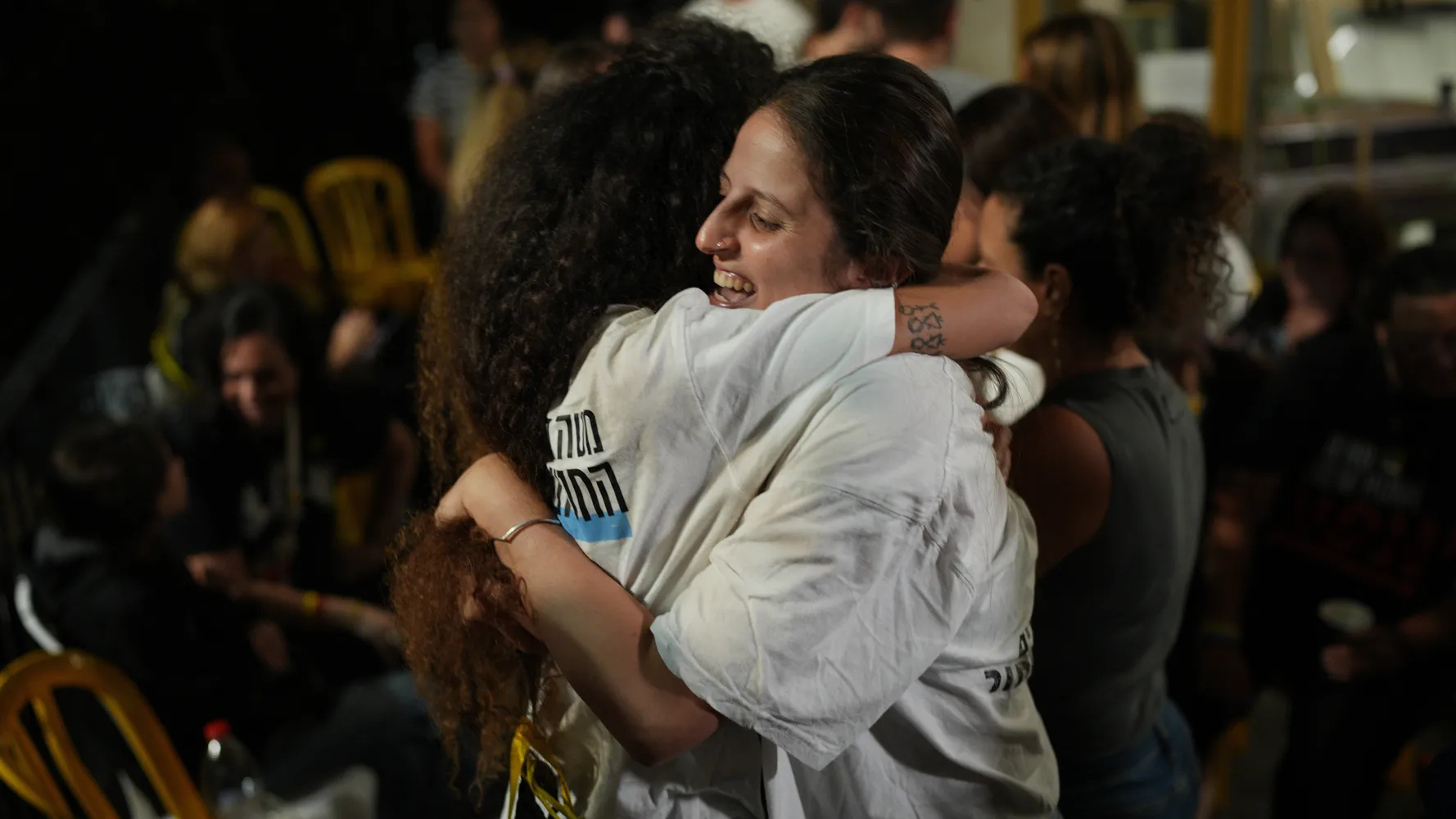Israel And Hamas Have Agreed To The First Stage Of Trump’s Gaza Peace Plan. Here’s What You Need To Know
By Kate Nicholson
Copyright huffingtonpost

Israel and Hamas have finally agreed to the first stage of Donald Trump’s peace plan after two years and two days of war in Gaza.
It’s a momentous occasion which has triggered jubilant celebrations in the Middle East, even though there’s still a long road ahead. Here’s what you need to know.
A recap on the Gaza war
While tensions in the Middle East have been around for decades – if not longer – they reached new heights on October 7, 2023.
The Palestinian militant group Hamas killed 1,200 people on Israeli soil and took a further 250 people hostage.
Israel declared war immediately, imposed an aid blockade on the Palestinian territory and began a ground offensive, claiming they wanted to completely eliminate Hamas.
International journalists were not allowed into the area.
Over the last two years, more than 67,000 people have been killed in Gaza, according to the local health ministry run by Hamas. A UN-backed agency said half a million people were starving in Gaza City.
International condemnation grew, but Israeli prime minister Benjamin Netanyahu refused to be deterred, under pressure from his own far-right government.
Palestinians in the West Bank also began to suffer, and Israel even launched attacks on neighbouring countries in the Middle East, claiming it was part of their ongoing bid to wipe out Hamas.
The widespread destruction of the territory led many, including the UN Commission, to accuse Israel of committing genocide against the Palestinians in the Gaza Strip.
What has now been agreed?
Trump announced overnight that Hamas had finally agreed to the first stage of his peace plan.
While the full details are yet to be publicly disclosed, Hamas is expected to now release all of the 48 remaining hostages, 20 of whom are still alive.
In exchange, the Israeli troops will withdraw to an agreed-upon point and release 250 Palestinian prisoners and 1,700 Gazans detained by Israeli forces over the last two years.
Israel will allow hundreds trucks of humanitarian aid to enter the territory, with the number set to increase in later stages.
What happens next?
The Israeli government needs to vote on the plan this afternoon, at which point the ceasefire will go immediately into effect and troops will start to withdraw – hopefully they will reach the agreed-upon point within less than 24 hours.
Once the Israeli army has withdrawn, Hamas has a 72-hour window to release the hostages.
Israel will also permit 400 aid trucks to enter Gaza per day over the next five days, according to the BBC.
Once that is complete, the next phase will begin – and it’s likely to be rather fraught.
Trump is also planning to travel to the region this weekend for further negotiations over Gaza’s future.
What will future negotiations be looking at?
According to the 20-point plan the president unveiled at the end of last month, a local technocratic administration would need to be set up in Gaza.
It would then be overseen by a Trump-chaired ‘Board of Peace’ based in Egypt, which former UK prime minister Tony Blair would be a part of.
The US and Arab countries would also set up a “stabilisation” force to take over security.
Hamas would need to be disarmed, and any member who “commits to peaceful co-existence” and decommissions their weapons would be granted amnesty – or face exile.
The decimated territory would need to be rebuilt, too, but no one else would be forced to leave.
Palestinian statehood got a brief mention in the plan, but there’s no commitment to the idea.
The proposed agreement says it may only be possible if the governing body in the West Bank, the Palestinian Authority, is reformed.
The plan also said “Israel will not occupy or annex Gaza”, but no such promise is made for the West Bank which remains occupied.
The scheme aligns with Israel’s plans for the territory – the disarmament of Hamas, the demilitarisation of Gaza and, crucially, no firm establishment of a Palestinian state.
There’s clearly a long way to go, and plenty for space for disagreements.
But the news has still delighted people around the world. Prime minister Keir Starmer described it as a “moment of profound relief”.
Why has this happened now, after two years?
While the situation in Gaza has been worsening, and the international outcry has been growing, it’s most likely Trump’s intervention which got the conflict to this point.
The US is Israel’s largest and most powerful ally, meaning Trump has significant sway over Netanyahu.
The White House has only recently started to pressure Israel into ending the war – he previously supported the idea of forcibly removing Palestinians from Gaza and turning it into “Gaza Riviera”.
As the US president told Fox News overnight, he allegedly forced Netanyahu to agree to this deal by reminding him Israel could “not fight the world”.
Trump, who is so desperate for a Nobel Peace Prize, also threatened Hamas with “complete obliteration” unless it agreed to the deal.
According to BBC’s international editor Jeremy Bowen, the US president upped the pressure after Israeli made a key mistake last month.
He said: “A date to wind back to is September 9, the failed attack on the Hamas leadership in Doha in Qatar, when ironically they were in a meeting discussing Trump’s proposals for a ceasefire.
“That caused such a backlash among the Americans, among the Gulf Arabs particularly, that it built up a head of steam which caused Trump to put the pressure that was necessary on Netanyahu.”
Egypt, Qatar and Turkiye have played a key role as well, as mediators. The announcement came after intense negotiations in Egypt’s city of Sharm El-Sheikh.
The growing international condemnation may have also contributed.
The UK, France, Canada and Australia joined the 157 other member states of the UN (80% of total membership) who recognised the State of Palestine.
While the US did not follow suit, it’s likely Trump was encouraged by his Western allies to amp up the pressure on Netanyahu.



